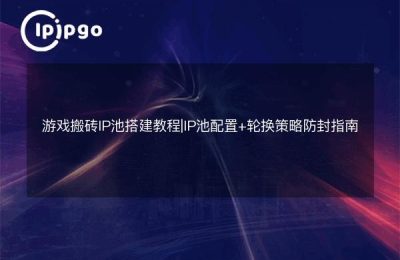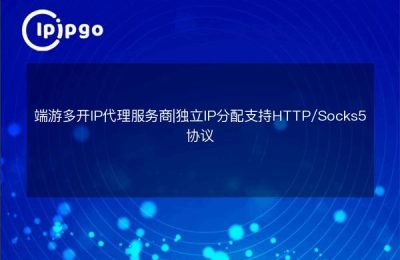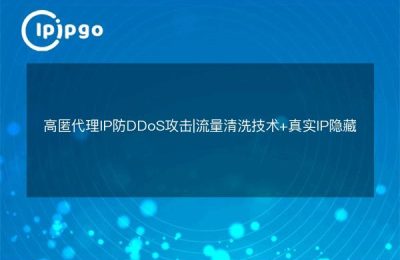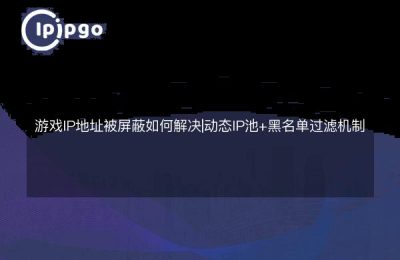
I have recently developed a strong interest in the knowledge of ip proxies, and after some study, I finally have a preliminary understanding of forward proxies and reverse proxies. Forward proxy and reverse proxy as two important concepts in the field of Internet, they play an indispensable role in the transmission process. Today, I would like to introduce the basic concepts of forward and reverse proxies to you in detail!
I. Basic Concepts of Positive Agency
1.1 What is a Positive Agent?
Forward Proxy is when a client sends a request through a proxy server, which in turn forwards the request to a target server on the Internet and then sends the target server's response to the client. As the name suggests, forward proxying is when the proxy server proxies the client.
1.2 The Role of Positive Agents
Positive proxies are mainly used:
- Access to the websites being on the Internet: In some countries or regions, the government will restrict the access to some specific websites, at this time we can set up a forward proxy server to access the websites being on the Internet.
- Improve access speed: By caching static resources, compressing data, etc., forward proxy servers can improve the access speed of client requests.
1.3 How Positive Agents Work
The forward proxy works as follows:
First, the client needs to make some settings to send the request to the proxy server instead of the target server;
The proxy server then receives the request and processes it in its own network environment;
Finally, the proxy server returns the received response to the client, which thinks it has gotten the response directly from the target server.
Tip: A forward proxy server is the equivalent of a middleman that accesses the target server instead of the client. It's like when you want to go to a bar to buy a drink, but you're not old enough to drink, so you get a friend who is older than you to make the purchase for you, and that friend is the forward proxy server.
II. Basic concepts of reverse proxy
2.1 What is a reverse proxy?
A reverse proxy is a client that sends a request to a proxy server, which in turn forwards the request to the target server on the back end in a targeted manner, and at the same time sends the response from the target server to the client. Unlike a forward proxy, a reverse proxy forwards the request to the target server.
2.2 The Role of Reverse Agents
Reverse proxies are mainly used:
- Load Balancing: Reverse proxy servers play the role of triage and can distribute requests to different back-end servers according to the load on the server to improve the overall request response speed.
- Hiding the IP address of the real server: With a reverse proxy server, the client does not communicate directly with the back-end target server, but with the proxy server, effectively protecting the privacy and security of the real server.
2.3 How reverse proxies work
The reverse proxy works as follows:
The client sends a request to a proxy server, which selects a target server in the back-end for forwarding based on a certain policy;
The target server receives the request, processes it and returns a response to the proxy server;
The proxy server forwards the response from the target server back to the client.
Tip: A reverse proxy server is like a receptionist that directs visitors to different destination servers based on their needs. It's like when you go to a bar for a drink and there are multiple bartenders in the bar to serve you, the receptionist directs you to the most available bartender according to the load of each bartender.
As an important part of Internet communication, forward and reverse proxies play an important role in protecting privacy, improving access speed, load balancing, and so on. Mastering the principles and application scenarios of forward and reverse proxies is very helpful for us to better understand the working principle of the Internet and network optimization.








